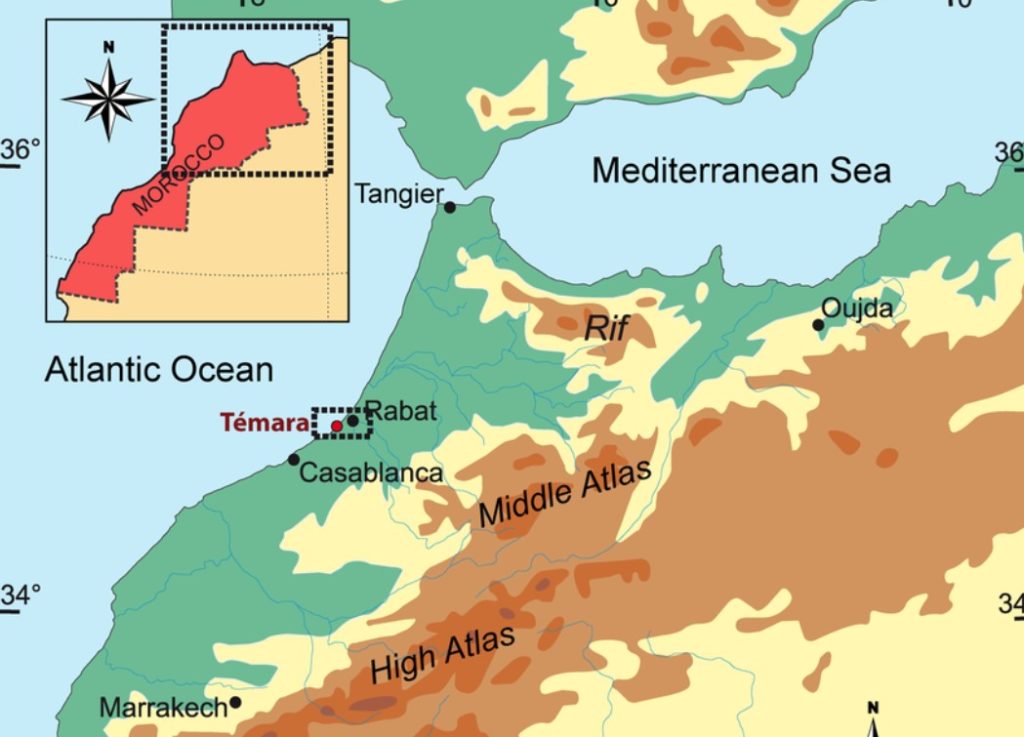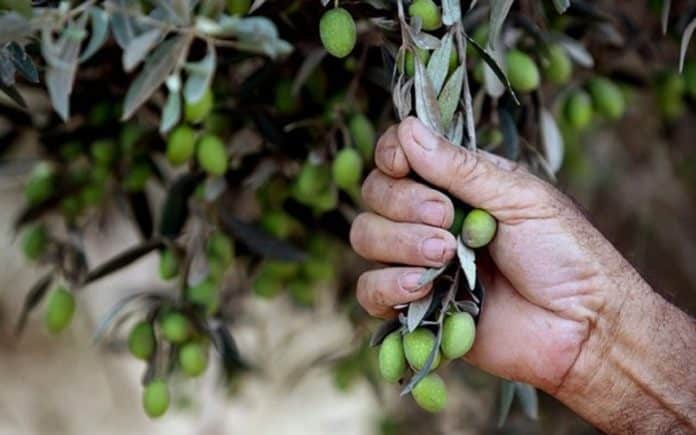Archaeological evidence suggests that people lived in the area along the Morocco’s Atlantic coast ate wild olives and used the tree’s wood and pits as fuel.
According to a recent study, published by NaturePlants and authored by a group of international researchers, showed remains of wild olive trees dated about 1000,000 years found in a highly archaeological caves near the city of Rabat-Temara.
“We did not expect to find olives, olive pits and seeds, nor did we know that the olive tree was present in this location… That was a bit of a surprise.”
– Laurent Marquer, botanist, University of Innsbruck
Previous research has discovered olive remains in Israel, at the Acheulean site Gesher Benot Ya’aqov, dating back to around 790,000 years ago, with other findings in Greece, dating back to around 60,000 years ago.

Researchers were surprised to discover such old olives in Morocco. Instead, the study sought to determine which plants were picked by early Homo sapiens, a difficult task given how rarely such remains are retained over time.
“This shows widespread use of wild olives in the Rabat-Temara region during the Aterian Middle Stone Age (MSA),” the researchers said. “There’s no doubt that prehistoric hunter-gatherers ate wild olives.”
The interesting fact is that, the charred olive branches did not include full fruits, fruit bits were discovered in the same fireplace. This made Scientists to believe that the olives had been eaten and the pits had been tossed into the fire, While the branches served as a suitable fuel based on the intoxicating fumes.
For most historical Mediterranean civilizations, the olive tree was an emblematic plant with significant economic value. Around 100,000 years ago. Here for example, we report on the earliest use of olive tree fruits and timber in Africa. These findings point to the presence of olive trees on Morocco’s Atlantic coast for much of the last glacial period, as well as the early Homo sapiens’ use of olives for fuel management and, most likely, for consumption as well.

